Last updated on September 27th, 2024 at 02:48 am
Pipe smoking, a practice as old as civilization itself, has been a part of human culture and tradition across the globe. The earliest evidence of pipe smoking dates back thousands of years, with archaeological findings of pipes in various shapes and sizes worldwide. From the Native Americans who used pipes in ceremonial practices to the European aristocrats who saw pipe smoking as a sign of sophistication and class, this practice has been deeply ingrained in our history.
Contents
- 1 Pipe Smoking is a Lifestyle Where Art and Passion Converge
- 2 Understanding Pipe Tobacco
- 3 Choosing the Right Tobacco Pipe
- 4 Choosing the Right Pipe Tobacco
- 5 How to Pack a Tobacco Pipe
- 6 How to Light a Tobacco Pipe
- 7 How to Smoke a Tobacco Pipe
- 8 Tobacco Pipe Maintenance
- 9 Pipe Smoking Etiquette
- 10 Concluding Our Pipe Tobacco Guide
Pipe Smoking is a Lifestyle Where Art and Passion Converge
The art of pipe smoking isn’t merely about lighting tobacco and inhaling the smoke. It’s a ritual, a time for relaxation and contemplation. It’s about appreciating the tobacco’s flavor, the pipe’s craftsmanship, and the skill involved in packing and lighting the pipe. It’s about creating an experience of tranquility in our otherwise hectic lives.
In the 20th century, with the advent of cigarettes, the art of pipe smoking declined. Cigarettes, being more convenient and quicker to smoke, became the preferred choice for most tobacco users. However, pipe smoking never wholly disappeared. It remained a niche hobby for those who appreciated the slower pace and ritualistic nature of pipe smoking.
In recent years, we’ve seen a resurgence of interest in pipe smoking, particularly among younger generations. This revival can be attributed to a variety of factors. Some are drawn to the rich history and tradition of pipe smoking, others appreciate the craftsmanship of the pipes themselves, and many enjoy the variety and complexity of flavors that pipe tobacco offers.
Moreover, in our fast-paced, digital world, the slow, deliberate ritual of pipe smoking provides a much-needed respite. It encourages us to slow down, savor the moment, and engage in an activity that is tactile, aromatic, and deeply satisfying.
As we discuss the topic further, we’ll discuss all the different types of pipes and tobacco, learn how to pack and light a pipe, understand the fine points of smoking a pipe, and much more.
Whether you’re a novice looking to take up pipe smoking or a seasoned smoker interested in deepening your knowledge, this pipe tobacco guide is designed to enhance your appreciation for this timeless art.

Understanding Pipe Tobacco
Before we dive into the intricacies of pipe smoking, it’s essential to understand the star of the show – pipe tobacco. This unique form of tobacco, with its diverse flavors and cuts, sets pipe smoking apart from other forms of tobacco use. It’s a world rich with variety, offering many experiences for novice and seasoned smokers. Let’s explore this fascinating subject by defining pipe tobacco, examining its different types, understanding the appeal of flavored varieties, and discussing the characteristics of tube-cut tobacco.
Definition of Pipe Tobacco
Pipe tobacco is a blend specially prepared for smoking in a pipe. It undergoes a specific curing and cutting process to achieve a texture and moisture level that burns well in a pipe. Unlike cigarette tobacco, which is finely cut, pipe tobacco is usually coarser and comes in a variety of cuts, including ribbon, flake, and plug. The flavor of pipe tobacco can range from very mild to very strong, depending on the type of tobacco used and the curing process it undergoes.
Different Types of Pipe Tobacco (Burley, Virginia, Perique, etc.)
There are several types of pipe tobacco, each offering a unique flavor profile and smoking experience.
- Burley: Known for its slow-burning properties, Burley tobacco has a robust, nutty flavor. Due to its ability to absorb flavorings well, it’s often used as a base for pipe tobacco blends.
- Virginia: Virginia tobacco is the most common type of pipe tobacco. It’s known for its sweet, mild flavor and pleasant aroma.
- Perique: Native to Louisiana, Perique tobacco is a rare and unique variety. It undergoes a special fermentation process with a robust and spicy flavor. It’s usually used sparingly in blends to add a bit of kick.
These are just a few examples. The world of pipe tobacco also includes other varieties, such as Latakia, Oriental (Turkish), and Cavendish, each with unique characteristics.
Flavored Pipe Tobacco and Its Appeal
Flavored pipe tobacco, or aromatic tobacco, is a popular choice among pipe smokers. It’s typically infused with various flavors, such as vanilla, cherry, chocolate, and more, providing a pleasant aroma and a sweet taste. The appeal of flavored pipe tobacco lies in its accessibility and variety. For beginners, the familiar flavors can make the introduction to pipe smoking more enjoyable. As for seasoned smokers, flavored tobaccos offers a delightful change of pace from traditional blends.
Tube Cut Tobacco and Its Characteristics
Tube-cut tobacco is a type of tobacco cut specifically for tube cigarettes, but it can also be enjoyed in a pipe. It’s cut in a way that ensures even burning, making it ideal for those who prefer a consistent smoking experience. This type comes in various flavors and strengths, offering options for novice and experienced smokers. While not as commonly used in pipes as other cuts, it’s a viable option for those seeking versatility in tobacco use.
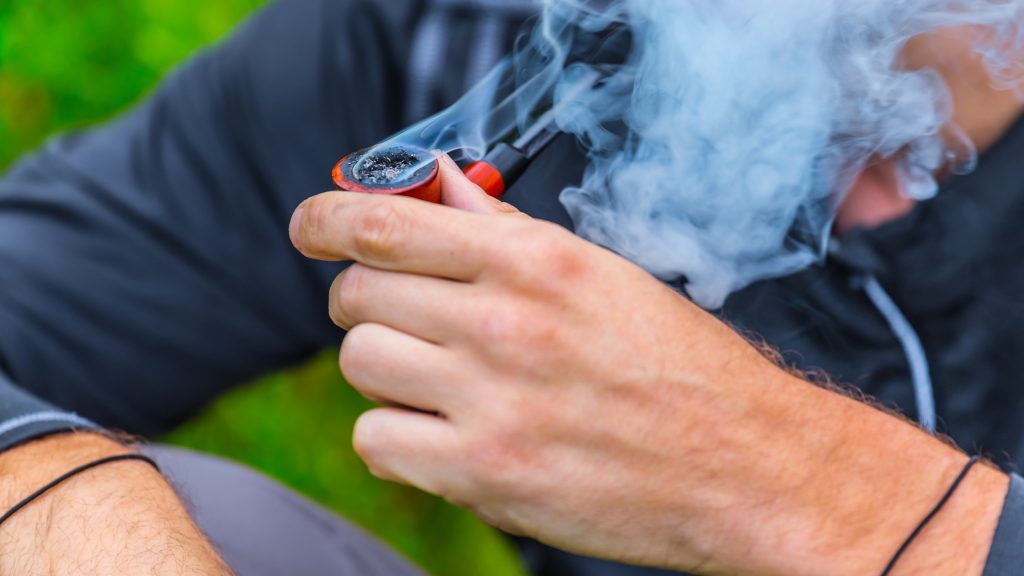
Choosing the Right Tobacco Pipe
Choosing the right pipe is a critical step in your pipe-smoking journey. Indeed, the pipe you choose can significantly influence your smoking experience, affecting everything from the tobacco flavor to the feel of the pipe in your hand. Moving along, we’ll explore the different types of smoking pipes, discuss the factors you should consider when choosing a pipe, and recommend some of the best pipes for beginners.
Discover Different Types of Tobacco Pipes
There are several types of tobacco pipes, each with unique characteristics that suit you best. Check out a few popular types below. Also, view our list of pipes sold here at Buy Pipe Tobacco!
1. Dr. Grabow Pipes: Renowned for their affordability and quality, Dr. Grabow Pipes are pre-smoked and made from durable briar wood. Their variety in styles and sizes caters to all, making them an excellent choice for any pipe smoker.
2. Briar Pipes: Made from the root burl of the heath tree, briar pipes are the most popular type of tobacco pipe due to their durability, heat resistance, and unique grain patterns. They are ideal for long smoking sessions.
3. Meerschaum Pipes: Crafted from a mineral called meerschaum, these pipes are prized for their ability to provide pure, cool smoke. They are often intricately carved and become darker with use, adding to their aesthetic appeal.
4. Corn Cob Pipes: Affordable and lightweight, corn cob pipes are an excellent option for beginners. Despite their humble appearance, they offer a pleasant smoke and are perfect for trying different tobacco blends.
The Best Tobacco Pipes for Your Money
| Style | Maker | Description | Average Price | Order Online |
|---|---|---|---|---|
| Duke Pipe | Dr. Grabow | Classic billiard, smooth finish | $35.19 | Buy Here |
| Golden Duke | Dr. Grabow | Smooth finish, bent stem | $39.19 | Buy Here |
| Grand Duke | Dr. Grabow | Traditional style, smooth finish | $36.89 | Buy Here |
| Lark Pipe | Dr. Grabow | Compact size, smooth finish | $34.89 | Buy Here |
| Omega | Dr. Grabow | Large bowl, bent stem | $40.19 | Buy Here |
| Rivera | Dr. Grabow | Classic style, smooth finish | $40.19 | Buy Here |
| Royal Duke | Dr. Grabow | Smooth finish, straight stem | $41.79 | Buy Here |
| Savoy Pipe | Dr. Grabow | Elegant design, smooth finish | $39.69 | Buy Here |
| Freehand | Dr. Grabow | Unique shape, rustic finish | $42.29 | Buy Here |
| Full Bent | Dr. Grabow | Fully bent stem, smooth finish | $38.79 | Buy Here |
| Country Gentleman Bent | Missouri Meerschaum | Classic corn cob, bent stem | $16.79 | Buy Here |
| Country Gentleman Straight | Missouri Meerschaum | Classic corn cob, straight stem | $16.79 | Buy Here |
| Legend Bent | Missouri Meerschaum | Compact corn cob, bent stem | $7.99 | Buy Here |
| Ozark Mountain Bent | Missouri Meerschaum | Rustic hardwood, bent stem | $8.39 | Buy Here |
| Ozark Mountain Straight | Missouri Meerschaum | Rustic hardwood, straight stem | $8.39 | Buy Here |
Click Here to See Our Entire Collection
Factors to Consider When Choosing a Tobacco Pipe
When choosing a pipe, consider the following factors:
1. Material: The material of the pipe affects its durability, heat resistance, and flavor. Briar is the most common material due to its excellent properties, but meerschaum and corn cob are good choices.
2. Size: The pipe’s size influences the smoke’s duration. Larger pipes hold more tobacco and provide longer smoking sessions.
3. Shape: The shape of the pipe can affect the smoking experience and is largely a matter of personal preference. Some popular shapes include billiard, apple, and bulldog.
4. Price: Pipes can range from very affordable to quite expensive, depending on the material, craftsmanship, and brand. As a beginner, it’s advisable to start with a more affordable option.
Best Tobacco Pipes for Beginners
For beginners, it’s recommended to start with a pipe that’s affordable, easy to use, and easy to clean. Corn cob pipes are an excellent choice due to their affordability and simplicity. They’re also great for tasting different tobacco blends. Briar pipes are another excellent option.
Plus, they’re more durable and offer a better smoking experience, but they are also more expensive. Choose a shape and size that feels comfortable in your hand and mouth. As you gain more experience and knowledge, you can explore more expensive and intricate pipes.
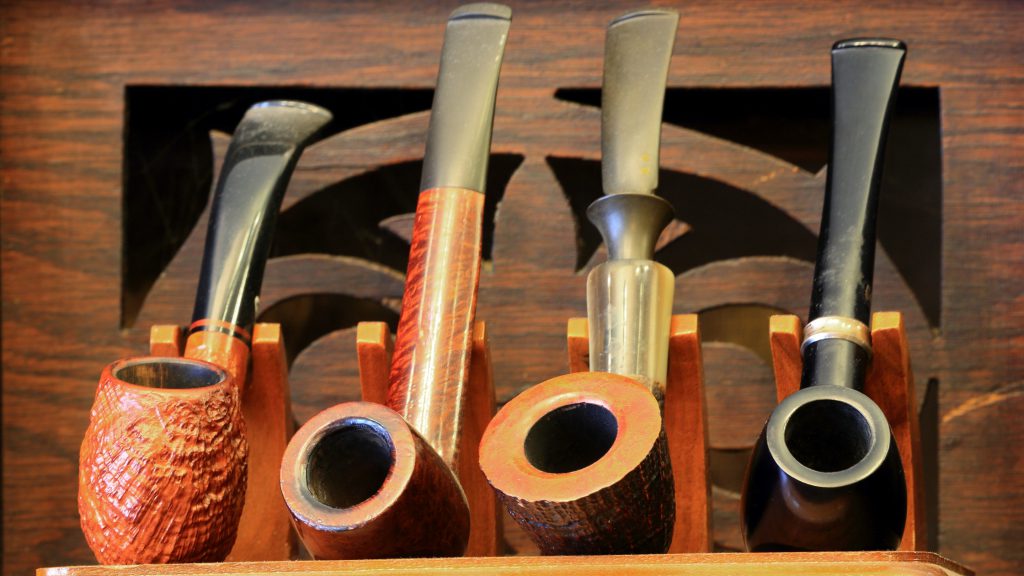
Choosing the Right Pipe Tobacco
Selecting the right tobacco is a crucial aspect of your pipe smoking experience. The tobacco you choose can significantly influence the flavor, aroma, and overall enjoyment of your smoke. In this next section, we’ll discuss all the factors to consider when choosing tobacco, recommend some of the best pipe tobacco for beginners, and provide tips on how to store and age your tobacco.
Factors to Consider When Choosing Pipe Tobacco
When choosing pipe tobacco, consider the following factors:
1. Flavor: The tobacco flavor is primarily determined by the type of tobacco and any additional flavorings. Brands like Super Value offer various flavored tobaccos, from traditional blends to unique flavors like cherry and vanilla.
2. Strength: The strength of tobacco refers to its nicotine content. Brands like Prince Albert and Carter Hall offer milder tobaccos, which might suit beginners.
3. Cut: The cut of the tobacco affects how it burns and how easy it is to pack into your pipe. Ribbon cut is the most common and easiest to handle.
Best Pipe Tobacco for Beginners
For beginners, it’s recommended to start with milder, flavored tobacco as it can make the introduction to pipe smoking more enjoyable. Brands like Captain Black and Middleton’s Cherry offer a variety of flavored tobaccos that are perfect for beginners. As you gain more experience, you can explore more robust tobaccos and more complex flavors offered by brands like Borkum Riff and Sir Walter Raleigh.
How to Store and Age Pipe Tobacco
Proper storage of pipe tobacco is essential to maintain its flavor and freshness. Store your tobacco in a cool, dark place in an airtight container to prevent it from drying out. Some smokers prefer to age their tobacco, as it can enhance the flavors. To age your tobacco, store it as you usually would and let it sit for a few months or even years. Brands like Lane Limited and Half and Half are known to age well, developing more decadent flavors over time.
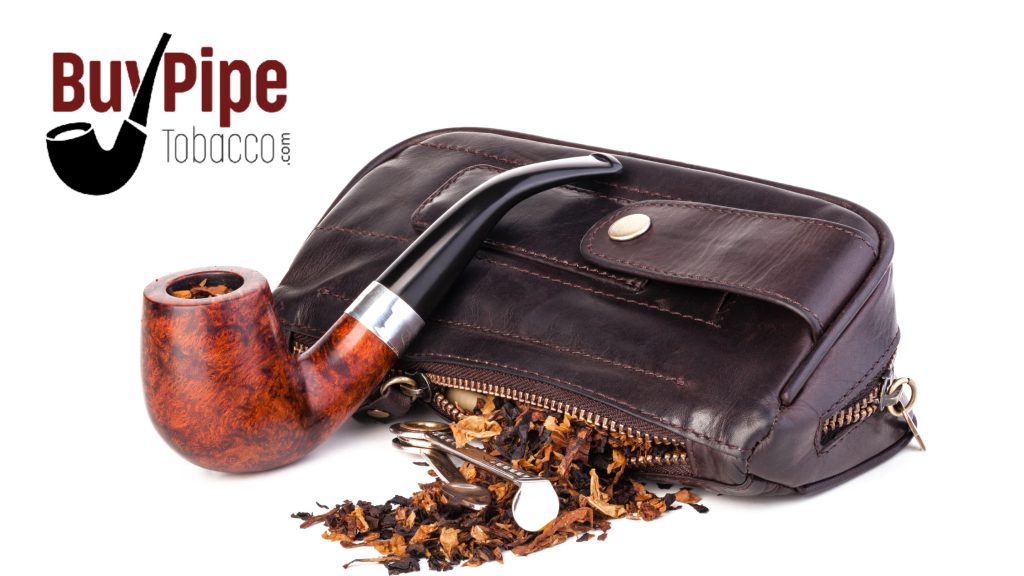
How to Pack a Tobacco Pipe
Packing your pipe correctly is crucial for a satisfying smoking experience. A well-packed pipe ensures an even burn and a steady flow of smoke, enhancing the tobacco flavor. Up next, we’ll discuss the importance of packing a pipe correctly, provide a step-by-step guide on how to pack a pipe, and highlight common mistakes to avoid.
Importance of Packing a Pipe Correctly
Packing a pipe correctly is essential for a few reasons. First, it ensures that the tobacco burns evenly and consistently, providing a steady flow of smoke. Second, it prevents the pipe from getting too hot, which can affect the tobacco flavor and potentially damage the pipe. Lastly, a well-packed pipe requires fewer lights, allowing you to relax and enjoy the smoking experience without interruption.
Step-by-Step Guide on How to Pack a Pipe
Here’s a simple step-by-step guide on how to pack your pipe:
1. Fill the bowl: Start by loosely filling the bowl of your pipe with tobacco. Don’t pack it down at this stage.
2. Pack the first layer: Lightly press down on the tobacco until it’s about one-third down the bowl. This is your first layer.
3. Pack the second layer: Add more tobacco until the bowl is about two-thirds full. Press down a bit firmer this time to pack the tobacco to about the halfway point. This is your second layer.
4. Pack the final layer: Fill the rest of the bowl with tobacco, pressing down more firmly this time. The tobacco should be even with the top of the bowl and feel springy when pressed.
5. Test the draw: Put the pipe in your mouth and take a test draw. If air flows freely, you’ve packed your pipe correctly. If it’s hard to draw, you’ve packed too tightly and should start over.
Common Mistakes to Avoid When Packing a Pipe
Avoid these common mistakes when packing your pipe:
- Overpacking: Overpacking the bowl can restrict airflow, making it hard to draw smoke through the pipe. If you’re having trouble drawing, try packing less tobacco.
- Underpacking: Underpacking can cause the tobacco to burn too hot, which can affect the flavor and potentially damage your pipe.
- Inconsistent packing: The tobacco should be packed consistently to ensure an even burn. If some areas are packed tighter than others, the tobacco may burn unevenly.
Remember, packing a pipe is a skill that improves with practice. Don’t be discouraged if you don’t get it right the first time. Keep practicing, and you’ll soon pack your pipe like a pro.
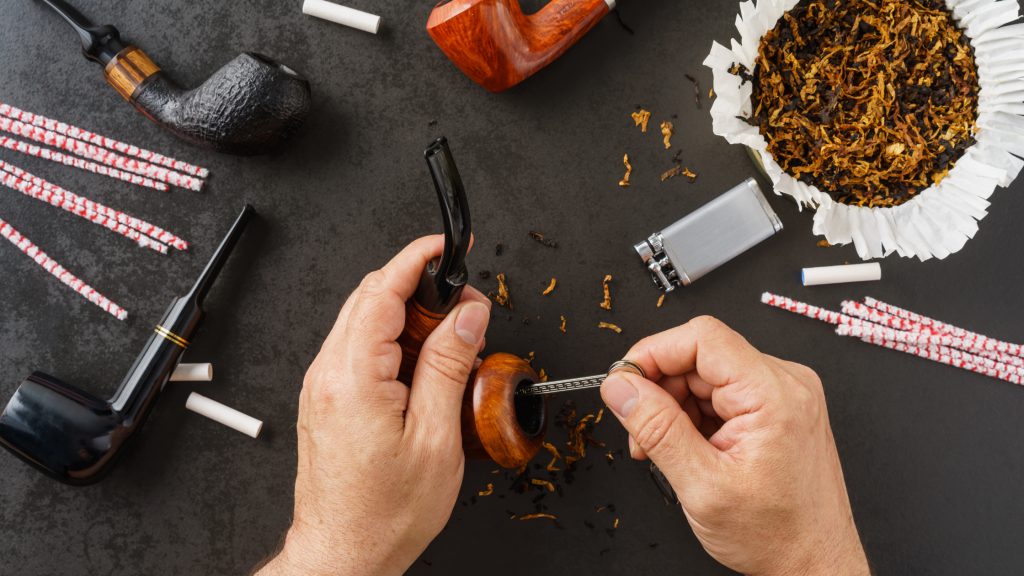
How to Light a Tobacco Pipe
Lighting a pipe correctly is just as important as packing it. The way you light your pipe can significantly impact your smoking experience, affecting the burn of the tobacco and the flavor of the smoke. In this section, we’ll discuss the tools needed to light a pipe, provide a step-by-step guide on how to light a pipe and share tips on how to maintain the light and enjoy your smoke.
Tools Needed to Light a Tobacco Pipe
There are several tools you can use to light your pipe:
- Matches: Matches are a popular choice for lighting pipes. They are inexpensive, easy to use, and provide a soft flame that evenly lights the tobacco.
- Pipe Lighters: Pipe lighters are specially designed for lighting pipes. They produce a soft flame and often feature a built-in tamper, making them a convenient choice for pipe smokers.
- Tobacco Pipe Lighter: A tobacco pipe lighter is a type of lighter specifically designed for pipe smoking. It has a flame that is directed sideways, making it easier to light the tobacco in the pipe’s bowl.
Step-by-Step Guide on How to Light a Tobacco Pipe
Here’s a simple step-by-step guide on how to light your pipe:
- First Light (Charring Light): Hold the flame over the tobacco while gently drawing on the pipe. Move the flame in a circular motion to light the surface of the tobacco evenly. This creates a charred layer that helps the tobacco stay lit.
- Tamp: After the first light, the tobacco will likely have risen. Gently tamp it back down with a pipe tamper.
- Second Light (True Light): Light the tobacco again, just like the first light. This time, the flame should catch and the tobacco should stay lit.
How to Maintain the Light and Enjoy the Smoke
Maintaining the light is all about balance. If you puff too often, the pipe can get too hot, which can affect the flavor of the tobacco. If you puff too infrequently, the pipe may go out. Aim for a slow, steady rhythm of puffing and tamping as needed to keep the tobacco lit. Remember, it’s perfectly normal for your pipe to go out occasionally, especially as a beginner. If it does, simply tamp the tobacco and relight. With practice, you’ll get a feel for how to maintain the light and fully enjoy your smoke.

How to Smoke a Tobacco Pipe
Smoking a pipe is more than just lighting tobacco and puffing away. It’s an art that requires patience, technique, and a bit of know-how. Next, we’ll discuss the art of puffing without inhaling, provide tips on pacing yourself, explain how to avoid tongue bites, and guide you on relighting your pipe.
The Art of Puffing and Not Inhaling
Unlike cigarette smoking, pipe smoking is not about inhaling the smoke. Instead, it’s about savoring the flavor of the smoke in your mouth. To puff on your pipe, draw the smoke into your mouth using a gentle sucking motion, as if sipping a drink through a straw. Let the smoke swirl around your mouth to taste the flavors, then simply exhale the smoke without inhaling.
How to Pace Yourself When Smoking
Pacing is crucial when smoking a pipe. Smoking too fast can cause the pipe to get too hot, which can affect the tobacco flavor and potentially damage your pipe. Aim for a slow, steady pace, with a puff every few seconds. Remember, pipe smoking is about relaxation and enjoyment, not rushing to finish the bowl.
How to Avoid Tongue Bite
A tongue bite is a burning sensation on the tongue caused by smoking too hot or puffing too aggressively. To avoid tongue bite, ensure you’re packing and lighting your pipe correctly, as a poorly packed or lit pipe can burn too hot. Puff gently and slowly to keep the temperature down, and consider using a pipe filter or smoking a cooler-burning tobacco if you’re particularly prone to tongue bite.
How to Relight a Tobacco Pipe
It’s perfectly normal for your pipe to go out occasionally during your smoke. If it does, simply tamp down the ash, relight your pipe, and continue smoking. Avoid over-tamping when relighting, as this can compress the tobacco and make it harder to draw smoke through the pipe. Remember, relighting is part of the pipe smoking experience, so don’t let it disrupt your enjoyment.
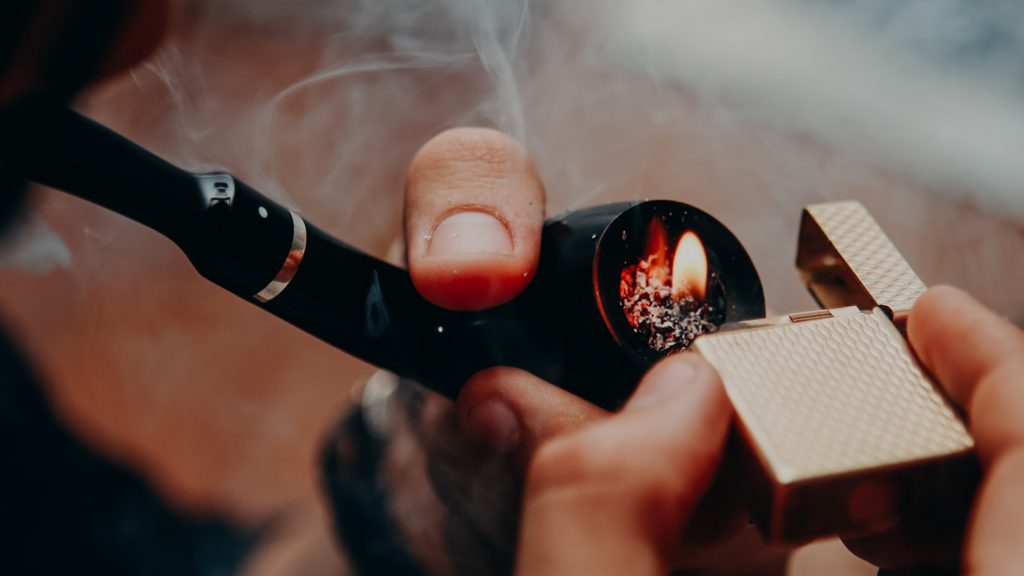
Tobacco Pipe Maintenance
Proper maintenance of your pipe is crucial for ensuring a pleasant smoking experience. A clean pipe not only smokes better but also lasts longer and tastes better. Pushing forward, we’ll discuss the importance of cleaning your pipe, provide a step-by-step guide on how to clean a pipe, and advise on how often you should clean your pipe.
Importance of Cleaning Your Tobacco Pipe
Cleaning your pipe is essential for several reasons. First, it removes the buildup of ash and tar, which can affect the taste of your tobacco and make it harder to draw smoke through the pipe. Second, it prevents damage to your pipe, as the moisture buildup can cause it to crack over time. Lastly, a clean pipe provides a more enjoyable smoking experience, allowing the authentic flavors of the tobacco to shine through.
How to Clean a Tobacco Pipe Step-by-Step
Here’s a simple step-by-step guide on how to clean your pipe:
1. Remove the Ash: After smoking, allow your pipe to cool, then gently tap out the ash.
2. Clean the Bowl: Use a pipe tool to scrape out the remaining dottle (unburned tobacco) and any thick cake. Be careful not to scrape the wood of the pipe.
3. Clean the Stem: Run a pipe cleaner through the stem to remove moisture or residue. If the pipe cleaner comes out dirty, repeat this step until it comes out clean.
4. Clean the Shank: Use a pipe cleaner to clean the shank like the stem.
5. Wipe the Pipe: Wipe the outside of the pipe with a soft cloth to remove any smudges or dirt.
6. Let the Pipe Rest: Allow your pipe to rest for a day before smoking it again. This allows the pipe to dry out thoroughly and helps to prevent damage.
How Often to Clean a Tobacco Pipe
How often you clean your pipe depends on how often you smoke. If you’re a daily smoker, you should do a basic cleaning after every smoke, removing the ash and running a pipe cleaner through the stem and shank. A more thorough cleaning, including scraping the bowl and cleaning the pipe’s exterior, should be done every few weeks. If you smoke less frequently, thoroughly cleaning after every few clouds of smoke should suffice. Remember, a clean pipe is a happy pipe, so don’t neglect your pipe maintenance.
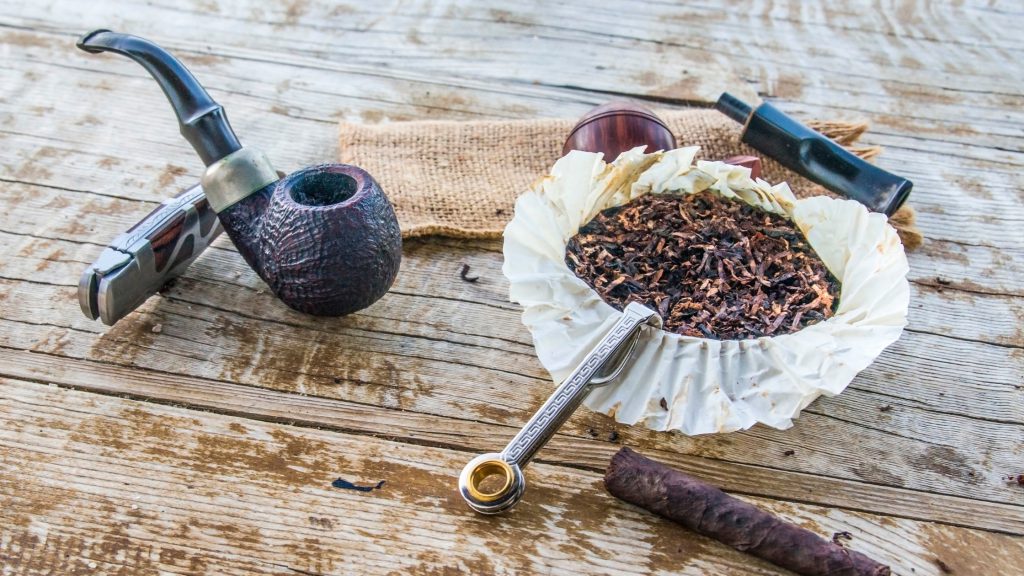
Pipe Smoking Etiquette
Pipe smoking, like any social activity, has its own etiquette rules. These guidelines help ensure that you and those around you can enjoy the experience. As we near the end, we’ll discuss basic etiquette rules for pipe smoking and provide tips on how to enjoy pipe smoking in social settings.
Basic Etiquette Rules for Pipe Smoking
Here are some basic etiquette rules for pipe smoking:
- Respect Others: Not everyone enjoys the smell of pipe tobacco. Always be mindful of those around you when smoking, especially in public places. If in doubt, ask those around you before you light up.
- Don’t Exhale on Others: When smoking in a group, avoid exhaling smoke toward others. Try to exhale your smoke upwards or to the side, away from people.
- Don’t Criticize Other’s Choices: Everyone has preferences regarding pipes and tobacco. Respect others’ choices and avoid criticizing their preferences.
- Share Knowledge, Not Pipes: While it’s great to share knowledge and experiences, it’s generally considered unhygienic to share pipes.
How to Enjoy Pipe Smoking in Social Settings
Pipe smoking can be an excellent social activity. Here are some tips on how to enjoy pipe smoking in social settings:
- Choose the Right Tobacco: If you’re in a social setting, consider choosing tobacco with a pleasant room note. Brands like Captain Black and Paladin are known for their aromatic blends that are likely to be enjoyed by smokers and non-smokers alike.
- Bring a Spare: If you plan on smoking for a long time, consider bringing a spare pipe. This allows you to let one pipe rest while you smoke the other.
- Engage in Conversation: Pipe smoking is a slow, relaxing activity that connects well to conversation. Use this opportunity to engage with those around you, whether discussing different tobaccos or sharing smoking experiences.
Keep in mind, that the key to enjoying pipe smoking in social settings is respect and consideration for those around you. If you keep these etiquette rules in mind, you and those around you can enjoy the rich and relaxing experience of pipe smoking.

Concluding Our Pipe Tobacco Guide
As we conclude this comprehensive pipe tobacco guide; we’ve discussed the rich history and art of pipe smoking, explored the diverse world of pipe tobacco, and learned how to choose, pack, and light a pipe. We also went over how to smoke and maintain a tobacco pipe. Plus, we touched up on the etiquette of pipe smoking and how to enjoy it in social settings.If you’re a novice just beginning your pipe smoking journey or a seasoned smoker looking to deepen your knowledge; either way, we hope this guide has been informative and enlightening.
Brands like Borkum Riff, Captain Black, Carter Hall, Half and Half, Lane Limited, Middleton’s Cherry, Paladin, Prince Albert, Sir Walter Raleigh, and Super Value offer various flavors and types, we recommend starting there, especially if you live in the United States. Overall, the art of pipe smoking is one of patience and enjoyment. It’s about slowing down, savoring the moment, and appreciating the rich flavors and calming rituals of the smoke. So, take your time, explore your options, and most importantly, enjoy the journey. Happy smoking!
Remember, the art of pipe smoking is vast and varied, with countless tobaccos to try and pipes to explore.
You May Also Like the Following:
From Seed to Smoke: The Global Journey of Tobacco
Discover The Ultimate Pipe Tobacco List And Buyer’s Guide


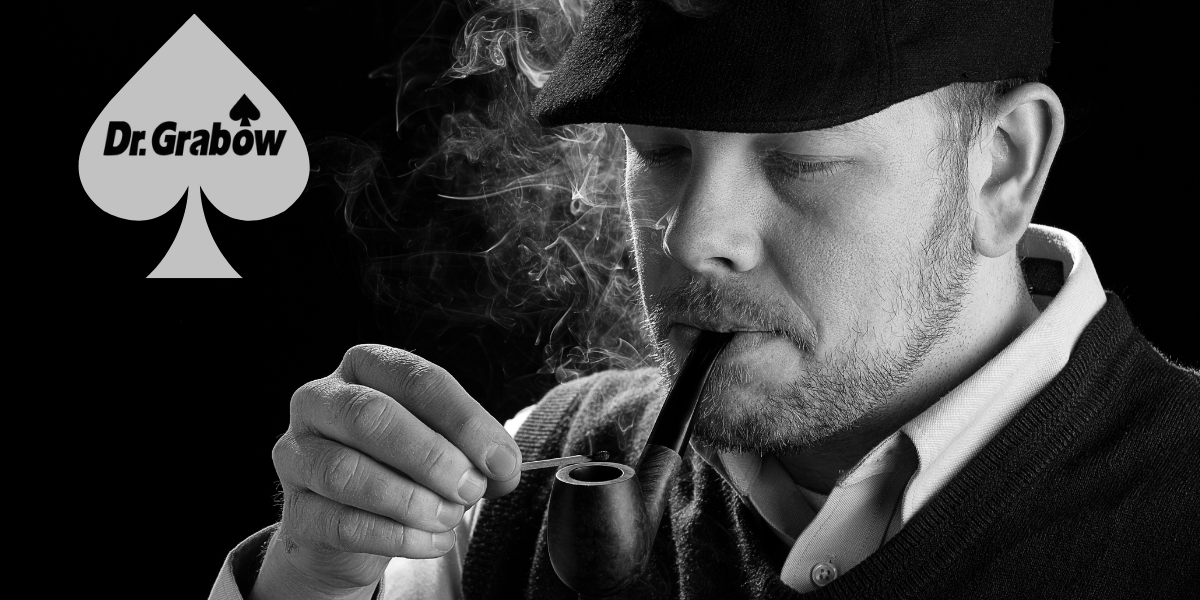

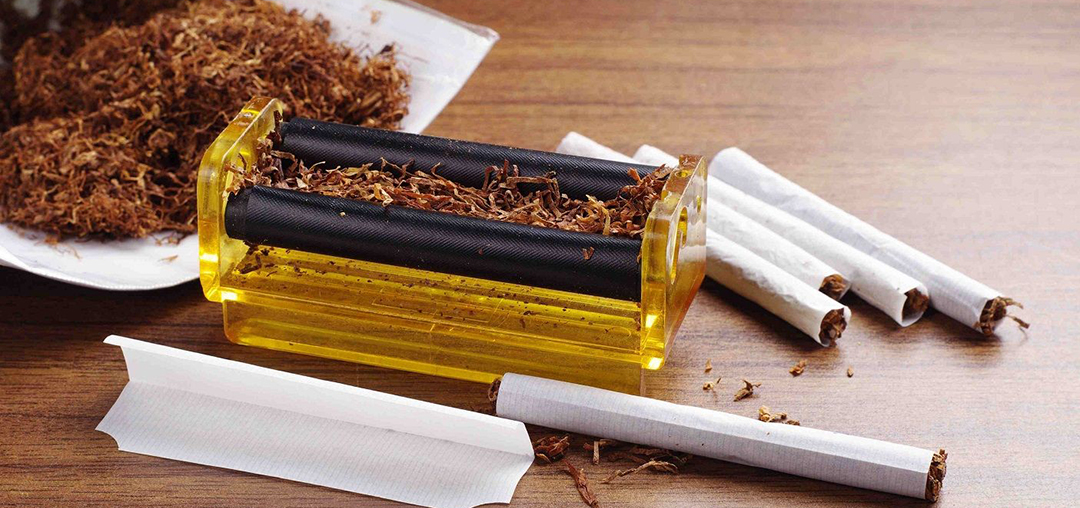

Recent Comments